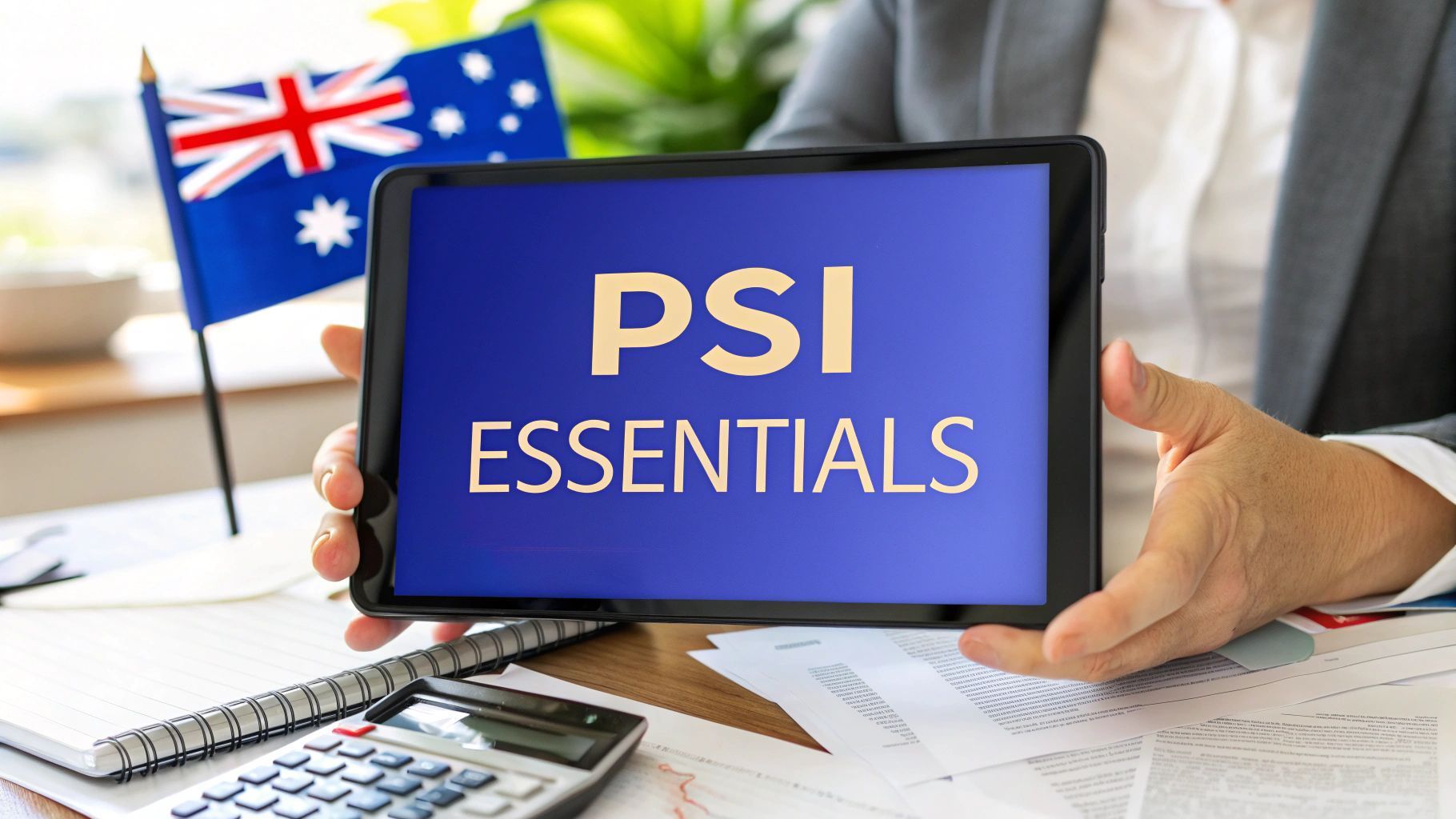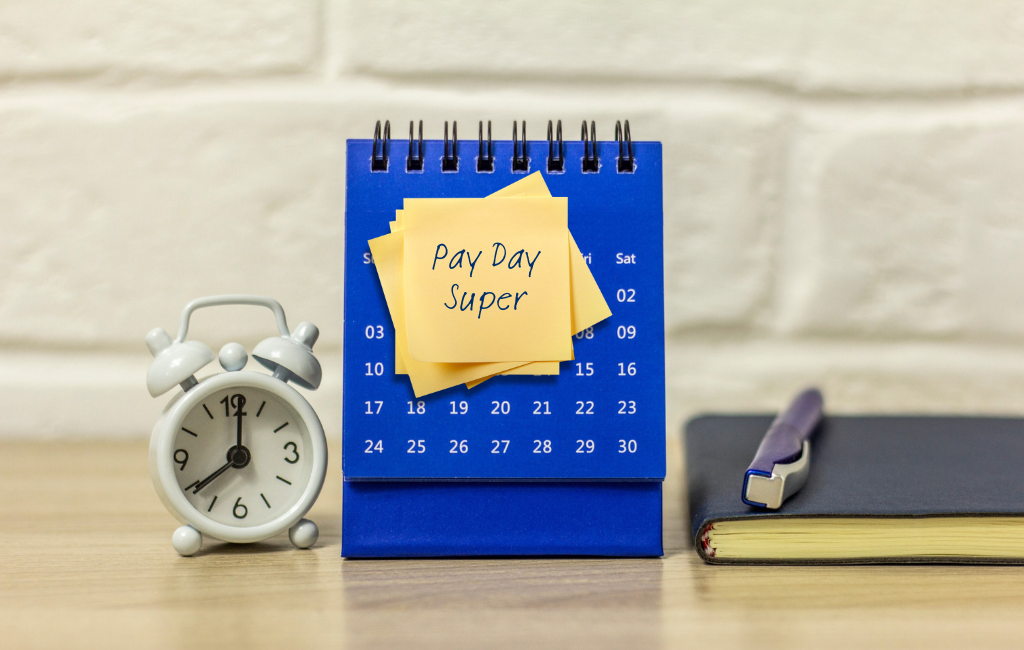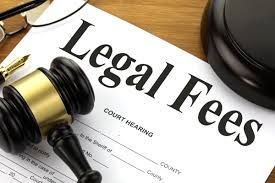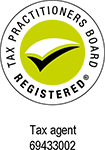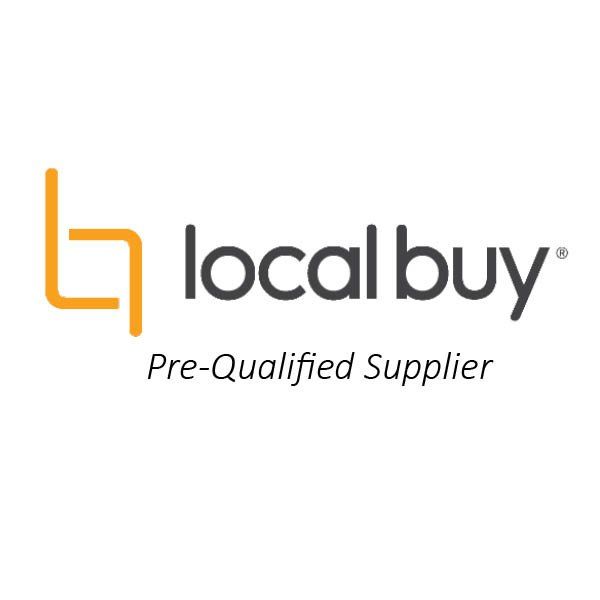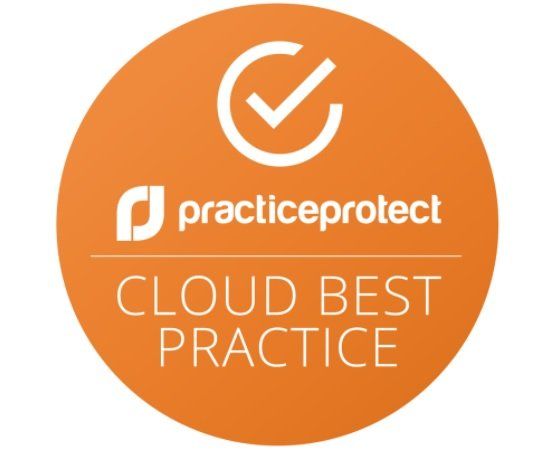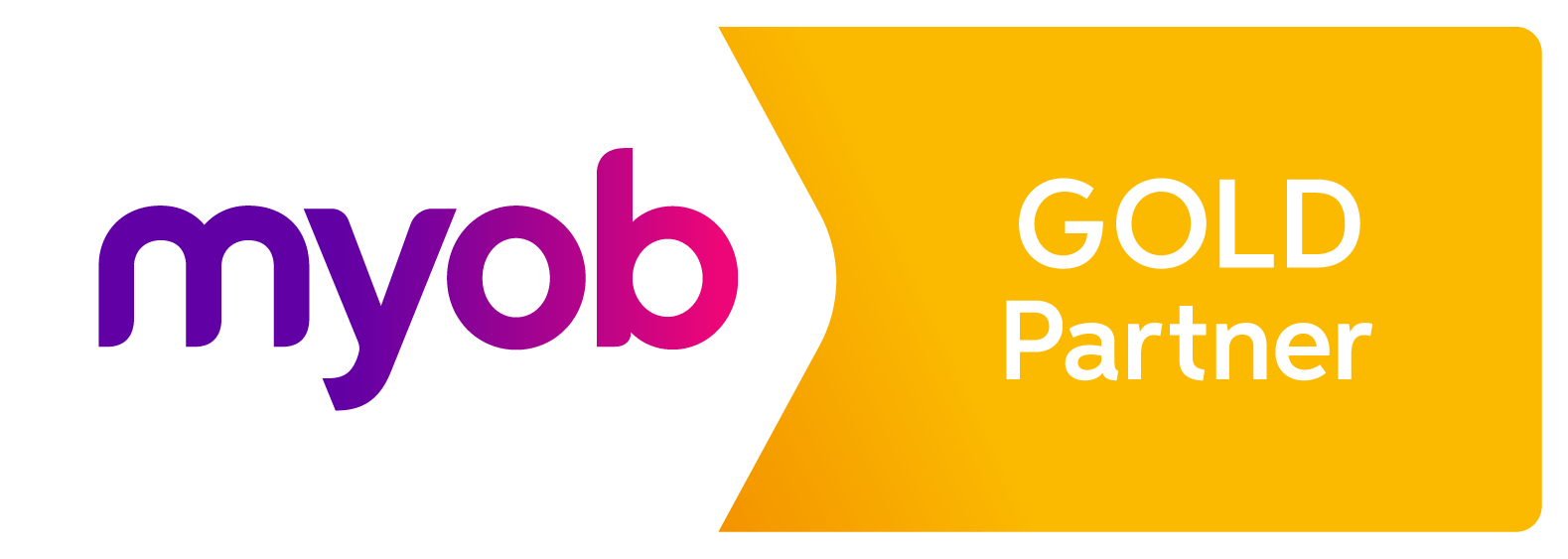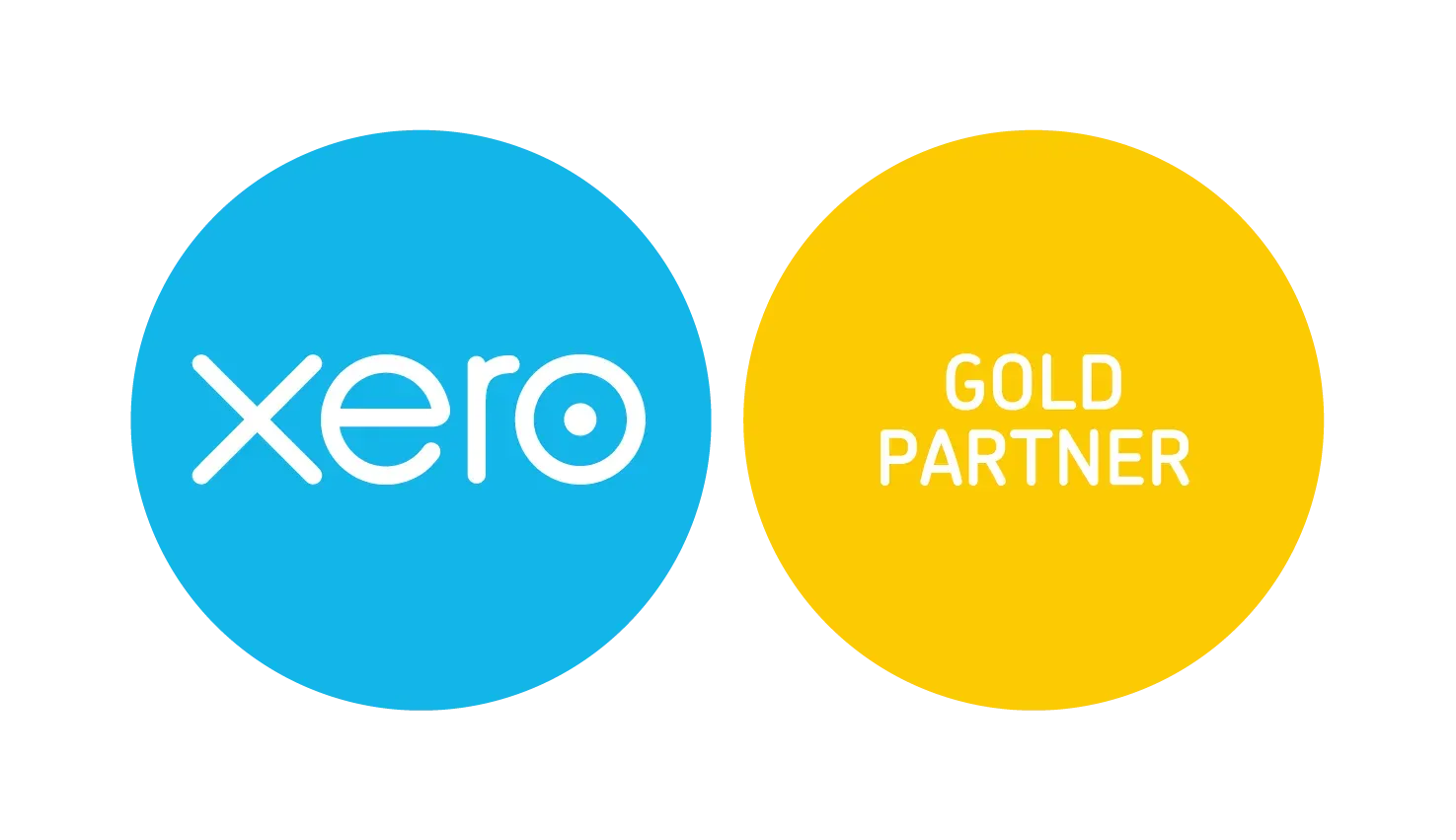Common ways of borrowing

Common ways of borrowing
Overdrafts
Overdrafts provide flexible access to funds. You can withdraw money as needed (up to the approved limit). Interest is charged on the overdrawn amount, not on the limit, although interest is generally higher than for many other sources of finance. there is no fixed repayment amount required. In fact, overdraft limits can remain in place for many years, although the lender might retain the right to cancel the overdraft or reduce the limit. The overdraft interest is deductible. GST is not applicable.
Unsecured loans:
Unsecured loans allow you to borrow funds without offering any form of security. Because there is no collateral required, unsecured loans will generally be for smaller amounts, with higher interest rates. The loan interest is deductible.
Secured loans:
Secured loans require collateral, such as business assets or property. Due to the lower risk for the lender, you will generally be able to access larger sums of money and lower interest rates with a secured loan. Secured finance is commonly used to fund significant investments, such as the purchase of expensive machinery, land and buildings or the expansion of operations. Interest is deductible.
Chattel mortgage:
Chattel means "goods" and mortgage means "loan agreement", so a chattel mortgage is a loan agreement for the purchase of goods (such as plant and equipment). You own the asset immediately, unlike some other types of finance. Chattel mortgages became much more popular after GST was introduced in 2000, because you can claim all the GST on the purchase price up front (in the next BAS).
The interest component of the repayments is deductible.
Hire purchase:
Hire purchase means what it says. Each payment has a hire component and a purchase component You do not own the asset until you have made the last payment. You can only claim the GST incrementally over the term of the repayments. The interest component of each payment is deductible
Operating lease:
Operating leases are indicated when you have no intention of owning the asset. Typically, you only need the use of it for a specified period of time. You can claim the GST on each lease payment and you can claim a tax deduction for the GST-exclusive amount of the lease payments.
Finance lease:
A finance lease is where the lender retains the ownership of the assets for the term of the lease. It is similar to an operating lease except that you can own the asset when the lease period expires. The interest component of each payment is deductible.
Commercial property loans:
Commercial property loans are usually long-term mortgages that you can use to buy commercial premises. The interest component of each loan payment is deductible.
Bridging loans:
These are commonly used to ‘bridge’ the gap when waiting for other finance to be secured. An example might be where you need short term finance to bridge the gap between when you have to pay for a new property and when you are going to receive the sale proceeds from the old property. Interest on the loans is deductible.
Line of credit:
A line of credit is a credit facility enabling you to draw money when needed. It is there if and wen you need it.
Business credit cards:
These are so widely used that no explanation is required.
Other funding:
Not all means of financing involve debt financing. In some situations, there are government grants and tax incentives that can be used to fund your company’s growth.
Choosing a method of financing is not a one-size-fits-all situation. You need to take your estimated future cash flows into account as well as the income tax and GST implications into account.
Wherever the word deductible appears, it assumes that the finance is used for business purposes.

